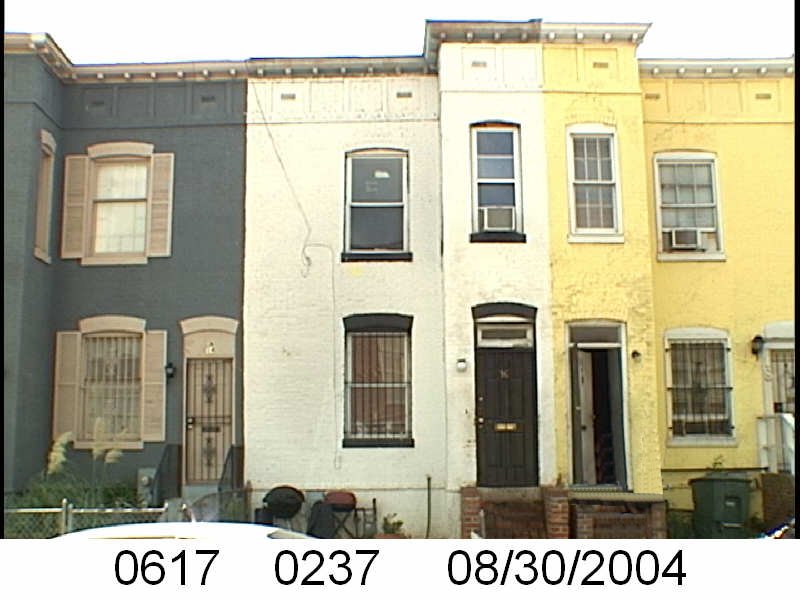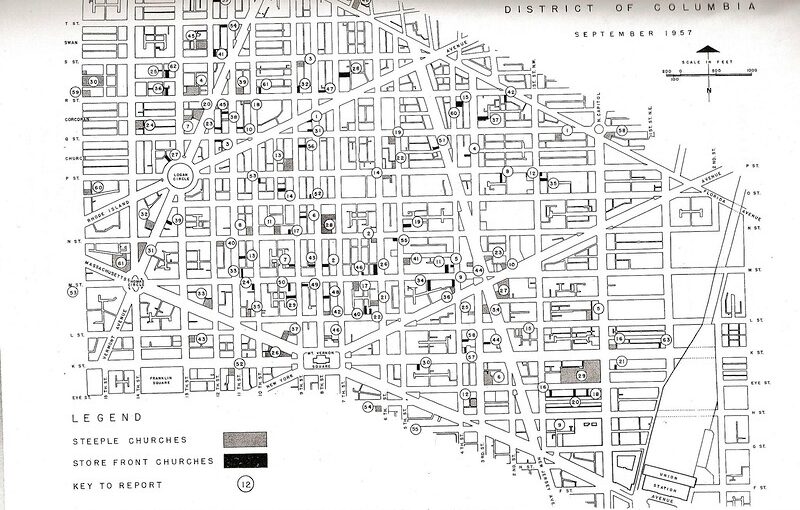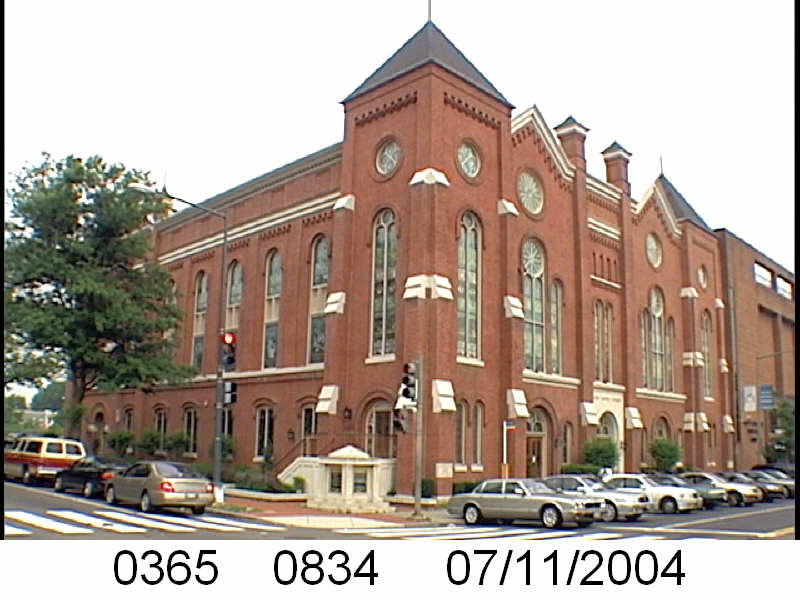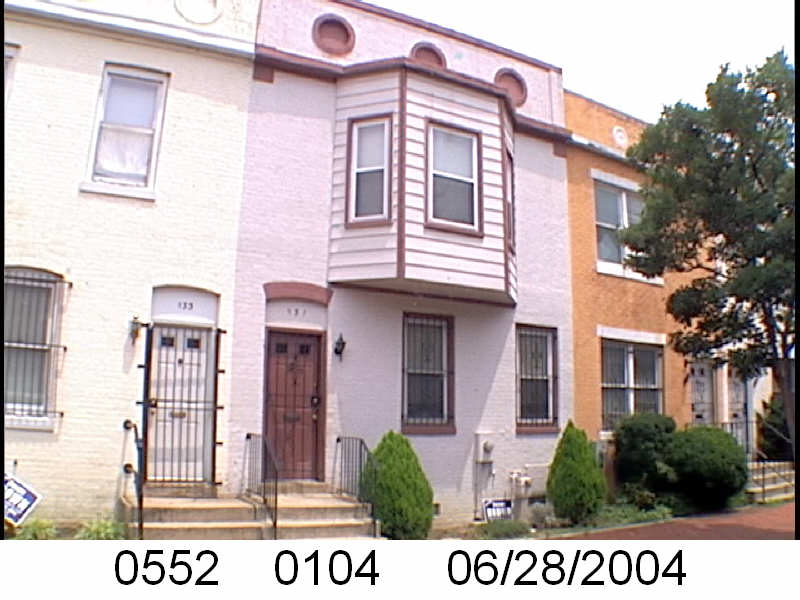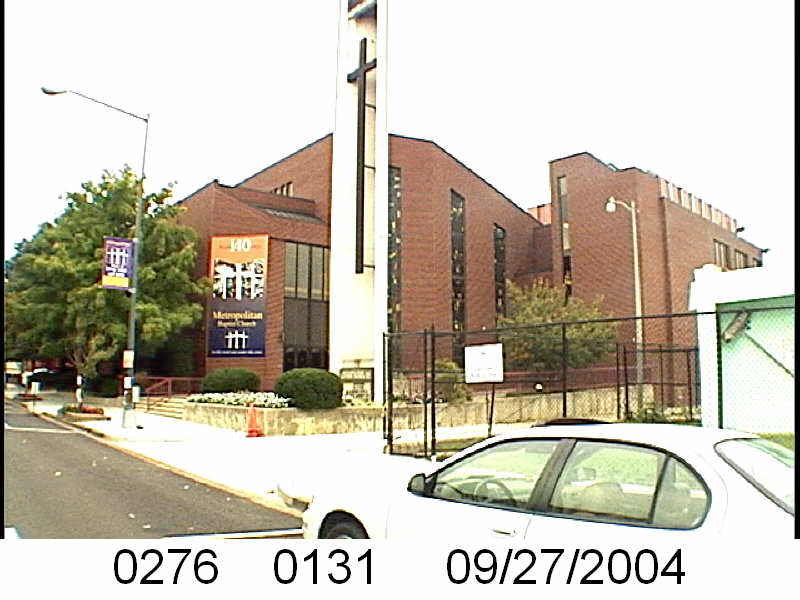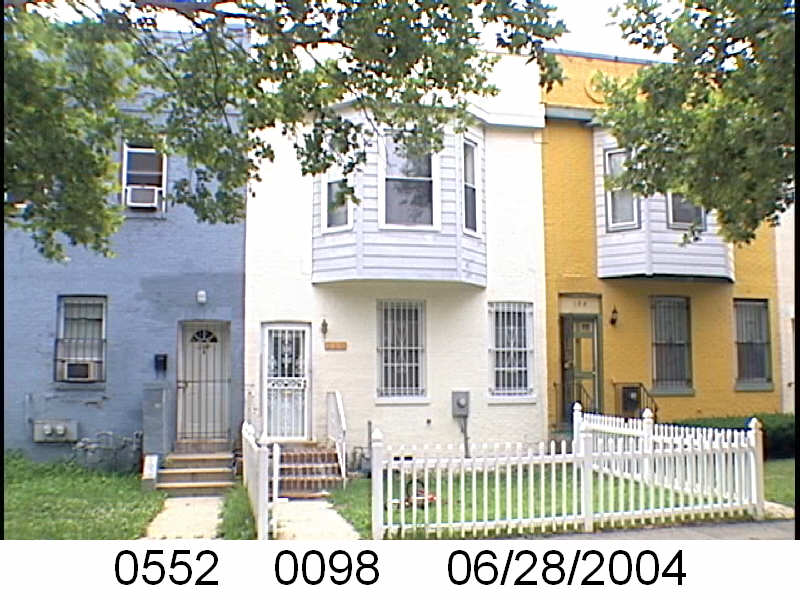The Washington Sanitary Improvement Company (WSIC) was a late 19th century charitable capitalism experiment that ended in the 1950s. This blog started looking at the homes that were supposed to be sold to African American home buyers, after decades of mainly renting to white tenants.
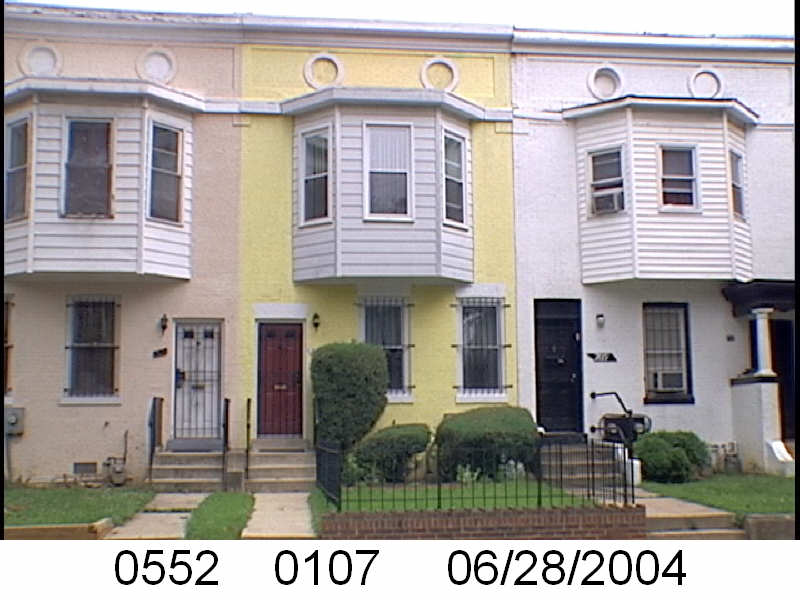
Looking at WSIC properties they tend to have a pattern where the properties were sold to a three business partners, Nathaniel J. Taube, Nathan Levin and James B. Evans as the Colonial Investment Co. for $3 million dollars. Those partners sold to African American buyers. There was usually a foreclosure. Then the property wound up in the hands of George Basiliko and or the DC Redevelopment Land Agency (RLA). Then there was the odd lucky ones who managed to avoid that fate.
Let’s see how the history of 207 P St NW and see if/how it fits the pattern:
- January 1951 Evans, Levin and Taube sold half of 207 P St NW to Jessie and Douglas Holmes.
- January 1951 the Holmes borrowed $3,150 from Colonial Investment Co. favorite trustees Abraham H. Levin and Robert G. Weightman.
- January 1951 Evans, Levin, and Taube sold the other half of 207 P St NW to Annie M. and James Holder.
- January 1951 the Holders borrowed $3,150 from trustees Abraham H. Levin and Robert G. Weightman.
- October 1952 the Holders lost their half to foreclosure and the property returned to Evans, Levin, and Taube via an auction.
- October 1952, Evans, Levin, and Taube sell the formerly foreclosed half of 207 P St NW to Ethel V. and Alonzo T. Spruill.
- October 1952 the Spruills borrowed $3,481.20 from trustees Abraham H. Levin and Robert G. Weightman.
- April 1957 the Spruills lost their half to foreclosure and partners Evans, Taube and Harry A. Badt get the property via an auction.
- June 1957 the Holmes lost their half to foreclosure and the partners Evans, Taube and Harry A. Badt get the property via an auction.
- April 1957 (recorded July 1958), as part of a larger property package, the Badts (Harry & wife), transferred a one-half interest in 207 P St NW to Levin’s survivors.
- June 1957 (recorded July 1958), as part of a larger property package, the Badts (Harry & wife), transferred a one-half interest in 207 P St NW to Levin’s survivors.
- March 1959 (recorded June 1959), Evans, Taube, the Levin survivors, and the Badts, as part of a larger property package, sold 207 P St NW to Sophia and George Basiliko.
- At some point between 1972 and 1978 the Basilikos sold the property to the DC Redevelopment Land Agency.
Let’s check our BINGO card. Sold half of a house, check and check. Foreclosure, check and check. Sold to Basilikos who then sold to DC RLA, check and check.



